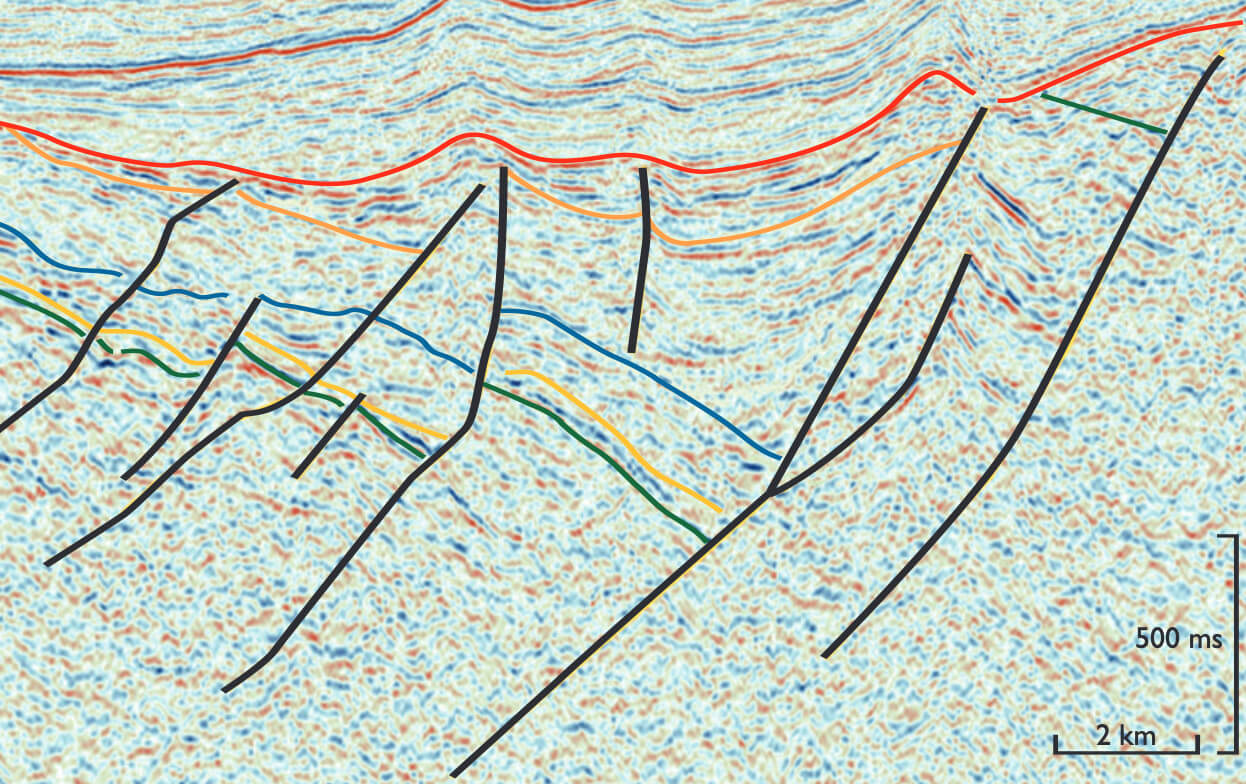
How to Cite
Share
Abstract
During the Jurassic – Early Cretaceous, the Danish Central Graben developed as a N–S- to NNW– SSE-trending graben bounded by the Ringkøbing–Fyn High towards the east and the Mid North Sea High towards the west. The graben consists of a system of half-grabens and evolved by faultcontrolled subsidence; three main rift pulses have been recognised. The first pulse ranged from the Callovian to the Early Oxfordian, the second pulse was initiated in the latest Late Kimmeridgian and lasted for most of the Early Volgian, and the third and final pulse occurred within the Ryazanian in the Early Cretaceous. The first pulse was characterised by subsidence along N–S-trending faults. The most pronounced fault-controlled subsidence occurred in the east, especially along N–S-striking segments of the boundary fault to the Ringkøbing–Fyn High. During this period, minor salt movements occurred with the development of salt pillows. The activity along the N–S-trending faults ceased during the Oxfordian. During the second pulse, in Early Volgian times, subsidence was concentrated along new NNW–SSE-trending faults and the main depocentre shifted westward, being most marked within the Tail End Graben, the Arne–Elin Graben, and the Feda Graben. This tectonic event was accompanied by the accumulation of a relatively thick sediment load resulting in the development of salt diapirs, especially within the Salt Dome Province. The third tectonic pulse was essentially a reactivation of the NNW–SSE-trending structures and there is clear evidence of subsidence controlled by faulting and salt movements. Despite the overall extensional tectonic regime, local compressional tectonics resulted in thrusting. For instance, the Gert Ridge is interpreted to have formed by readjustment at the boundary fault between two subsiding blocks. The structural framework during graben evolution controlled, to some degree, the distribution of reservoir sandstones. Reservoir sandstones associated with periods of rotational tilt include Middle Jurassic deposits referred to the Bryne and Lulu Formations, and Upper Jurassic sandstones referred informally to the ‘Fife Sandstone Formation’. Sands deposited during tectonic relaxation are represented by the Heno Formation and Upper Jurassic turbidites interbedded in the Farsund Formation. Sea-level changes were probably most important during periods of tectonic relaxation, particularly with respect to the deposition of lowstand sandstones in basinal areas.
How to Cite
Share
Downloads
Editors: Jon R. Ineson and Finn Surlyk
The Jurassic rocks of Denmark and East Greenland record the evolution of two discrete portions of the Mesozoic rift complex, now separated by the North Atlantic Ocean. The Jurassic of Denmark and adjacent areas occurs mostly in the subsurface and research has thus focussed [...]










